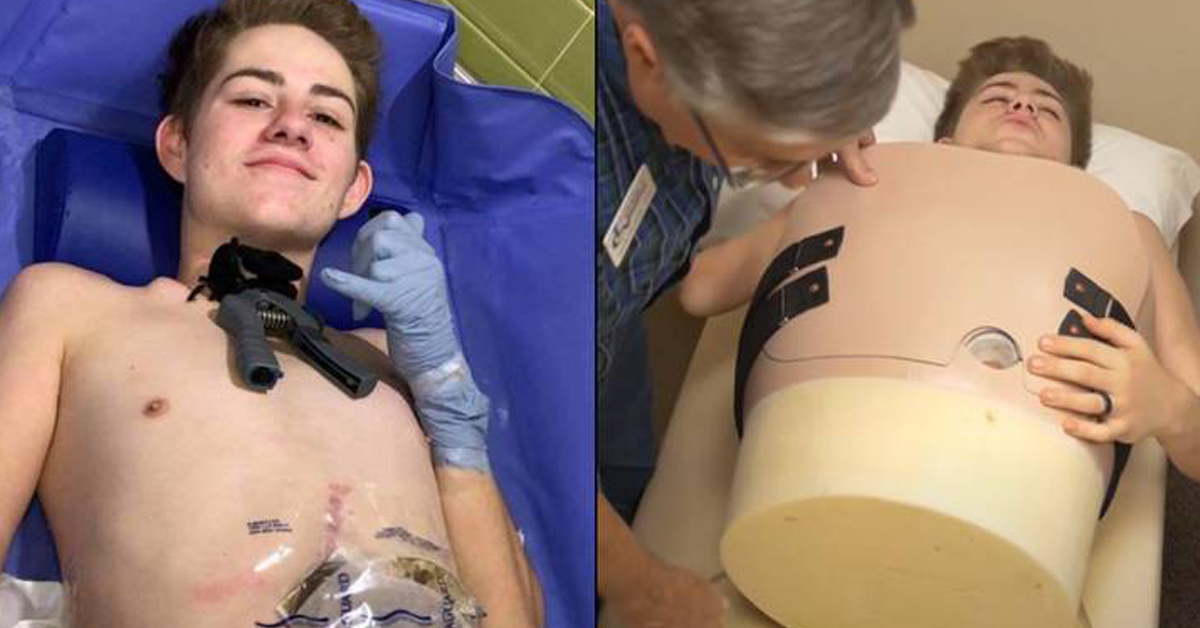A Murderer's Cold Admission: Jamie Osuna And The Dissection Of A Cellmate

Midlife crisis? More like midlife masterpiece renaissance.

Giovanni Ribisi is best known for his on-screen talent, but it turns out he’s also got an eye for what happens behind the camera. In a candid conversation with his long-time friend Josh Brolin, Ribisi spilled the beans on how a classic midlife crisis led him to his new love: cinematography.
Most people might buy a flashy car or take up a new odd hobby, but Ribisi decided to take on the world of filmmaking.
It all started with a desire to “punk it out” in life. Ribisi embraced his creative instincts and dove headfirst into shooting his first feature film, Strange Darling. “I think there’s two versions of midlife crises where you can just recede from life, or you can really punk it out and just get wily. I prefer the latter,” Ribisi shared.
The thriller, shot entirely on a 35mm camera, tells the twisted story of a serial killer in a uniquely compelling and stylish way. While Ribisi’s decision to explore this new passion was fueled by a personal need to shake things up, he soon realized that his unique approach to storytelling was exactly what audiences didn’t know they needed.
Scroll down to get more details on this intriguing life story...
 Magenta Light Studios
Magenta Light Studios
As he and Brolin discussed, what many critics might see as a risky artistic choice is often what strikes a chord with many viewers.
“What we are seeing out there in the ocean of content is people shooting tertiary colors, and it’s all about the bouquet of the lens and pastels. We wanted to do the exact opposite,” Ribisi explained, emphasizing his commitment to challenging the status quo.
A prime example is the movie No Country for Old Men, which sparked plenty of debate over its ambiguous ending. Brolin shared a story about a cop who claimed to “hate” the movie’s conclusion, only to admit he had watched it three times.
This is where Ribisi’s artistic ethos shines. He understands that what people think they dislike is often what keeps them coming back. It’s the unexpected, the unpolished, and the unorthodox that linger in the mind long after the credits roll.
“They think they hate it, but their spirit is going, ‘Yes, yes, yes.’” Brolin admitted. And this perfectly captured the essence of Ribisi’s creative philosophy.
Ribisi’s foray into cinematography wasn’t just about switching gears; it was about rediscovering his artistic voice and pushing boundaries—especially n a time when the film industry feels increasingly algorithm-driven and formulaic.
His collaboration with director J.T. Mollner for Strange Darling was built on a shared mission to create something raw and honest, even if it meant getting shut down by the studio twice.
Ribisi’s dedication to authenticity over perfection is a refreshing reminder that art should provoke thought and emotion—not just tick boxes.
What’s the takeaway from Ribisi’s midlife pivot? It’s simple: true creativity doesn’t play it safe. Whether it’s a film that leaves you with more questions than answers or a visual style that’s more gutsy than glossy, what sticks with us are the risks.
So, next time you face a crossroads in life, take a page out of Ribisi’s book. Embrace the uncertainty, dive into your passions, and, as he and Brolin put it, activate “f**k it” mode. You might just create something unforgettable.





